Imagine a landscape so unique that it blurs the line between reality and myth. Welcome to the Giant’s Causeway, a geological marvel nestled along the coast of Northern Ireland. This stunning formation of interlocking basalt columns has intrigued scientists and storytellers alike for centuries. But what if I told you that the explanation behind this natural wonder is just as captivating as the legends surrounding it? Dive with me into the science behind these mythical rocks, and discover the fascinating processes that shaped them.
The Legend of the Giant’s Causeway
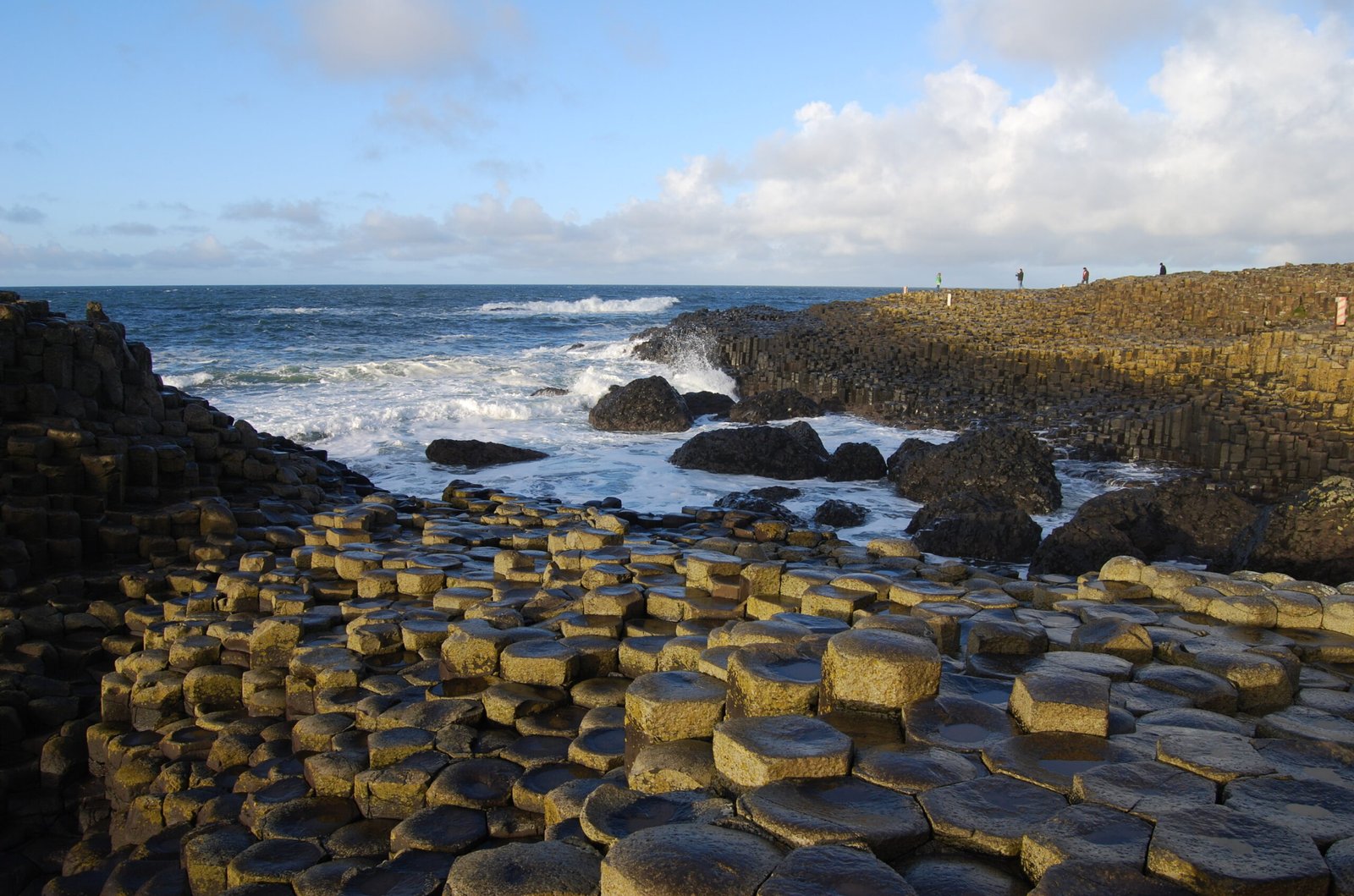
The Giant’s Causeway is steeped in folklore, with stories as enchanting as the landscape itself. One popular legend speaks of the Irish giant, Finn McCool, who supposedly built the causeway to confront his Scottish rival, Benandonner. According to the tale, Finn’s wife cleverly disguised him as a baby to trick Benandonner, who fled back to Scotland in fear. While these stories captivate the imagination, they also highlight how human culture seeks to explain natural phenomena through narrative. The causeway’s dramatic appearance lends itself perfectly to such tales, creating a bridge between the mythical and the scientific.
Volcanic Origins: A Geological Perspective
The true story of the Giant’s Causeway is rooted in the fiery origins of our planet. Around 60 million years ago, during the Paleogene Period, volcanic activity in the region led to the formation of these iconic basalt columns. As the lava cooled rapidly, it contracted and cracked, creating the hexagonal shapes we see today. This natural process, known as columnar jointing, is not unique to the Giant’s Causeway, but it is one of the most spectacular examples. The precise conditions required for such formations make them rare and awe-inspiring.
Understanding Columnar Jointing
Columnar jointing is a fascinating geological process that results in the formation of polygonal columns. When lava cools, it contracts, and the resulting stress causes it to crack into regular shapes. The hexagonal shape is most common because it is the most efficient way to fill a space with equal-sized units. This phenomenon can also be observed in other locations, such as the Devil’s Postpile in California. The Giant’s Causeway, however, stands out due to its sheer scale and the uniformity of its columns, which can reach heights of up to 12 meters.
The Role of Erosion

Erosion plays a crucial role in shaping the landscape of the Giant’s Causeway. Over millions of years, the relentless forces of wind and water have sculpted the columns, revealing their intricate patterns. The Atlantic Ocean, with its powerful waves, continually reshapes the coastline, exposing new sections of the causeway and adding to its mystique. This dynamic interaction between land and sea ensures that the Giant’s Causeway remains a living, breathing testament to the power of nature.
Unraveling the Mystery of Hexagons
Why hexagons? This question has intrigued scientists for decades. The answer lies in the physics of cooling. When a uniform material like lava cools and contracts, it naturally forms hexagonal patterns due to the even distribution of stress. This pattern is not exclusive to rocks; it can also be found in other natural phenomena, such as honeycombs and even the surface of Saturn’s north pole. The hexagonal columns of the Giant’s Causeway are thus a testament to the underlying order and symmetry found in nature.
The Biodiversity of the Causeway
The Giant’s Causeway is not just a geological wonder; it’s also a haven for biodiversity. The unique microclimates created by the columns support a diverse range of flora and fauna. From rare plants to nesting seabirds, the causeway is a thriving ecosystem. This biodiversity is a reminder of the interconnectedness of life and geology, where the physical environment shapes the living world. Conservation efforts are crucial to preserving this delicate balance, ensuring that future generations can enjoy the causeway’s natural beauty.
Conservation Efforts and Challenges
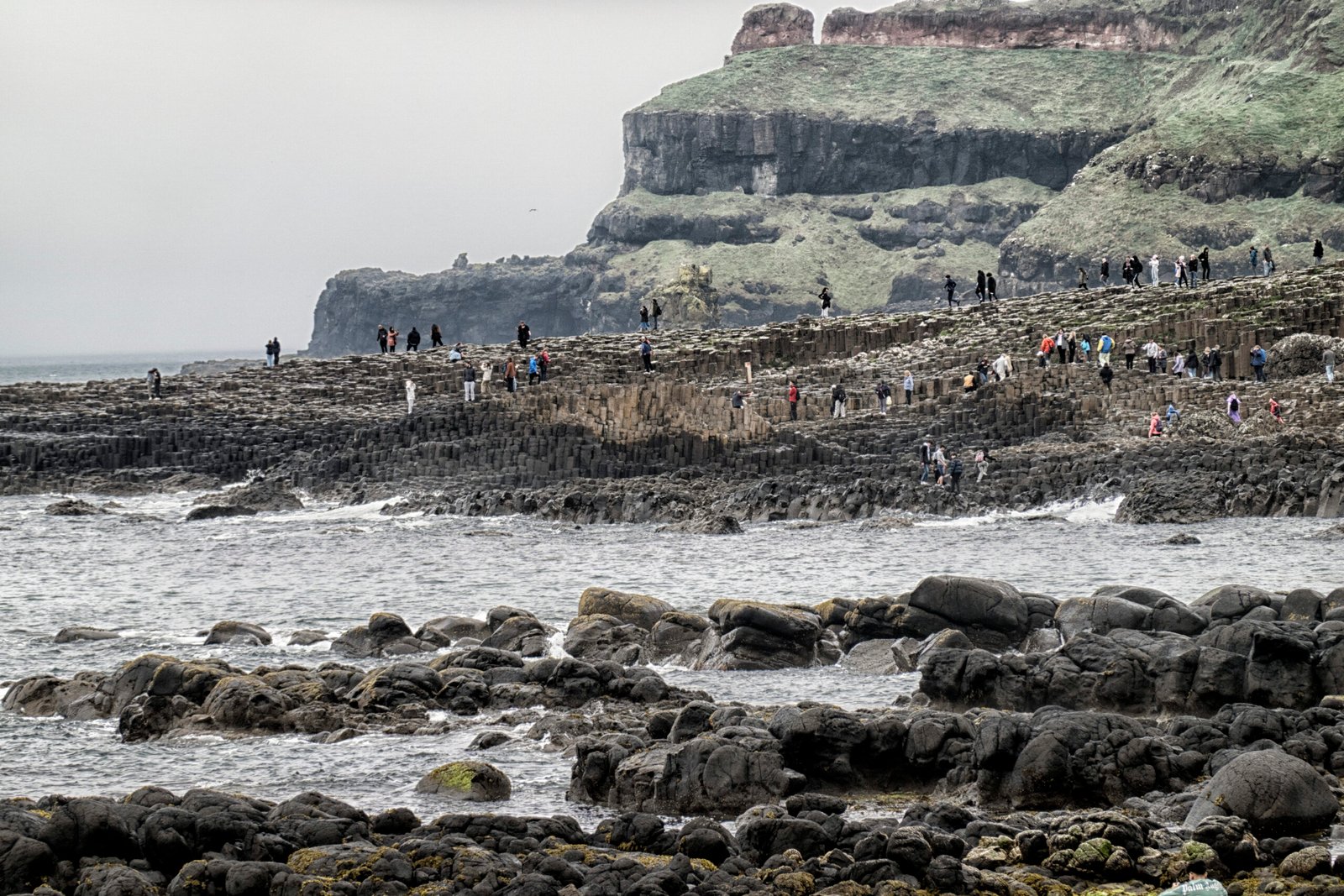
Preserving the Giant’s Causeway is a complex task, as it involves balancing the needs of nature and tourism. The site attracts hundreds of thousands of visitors each year, which can lead to erosion and damage. Conservationists work tirelessly to protect the causeway through sustainable tourism practices and habitat restoration projects. These efforts are vital to maintaining the integrity of the landscape while allowing people to experience its wonders. The challenge lies in educating visitors about the importance of conservation and fostering a sense of stewardship.
The Global Significance of the Giant’s Causeway
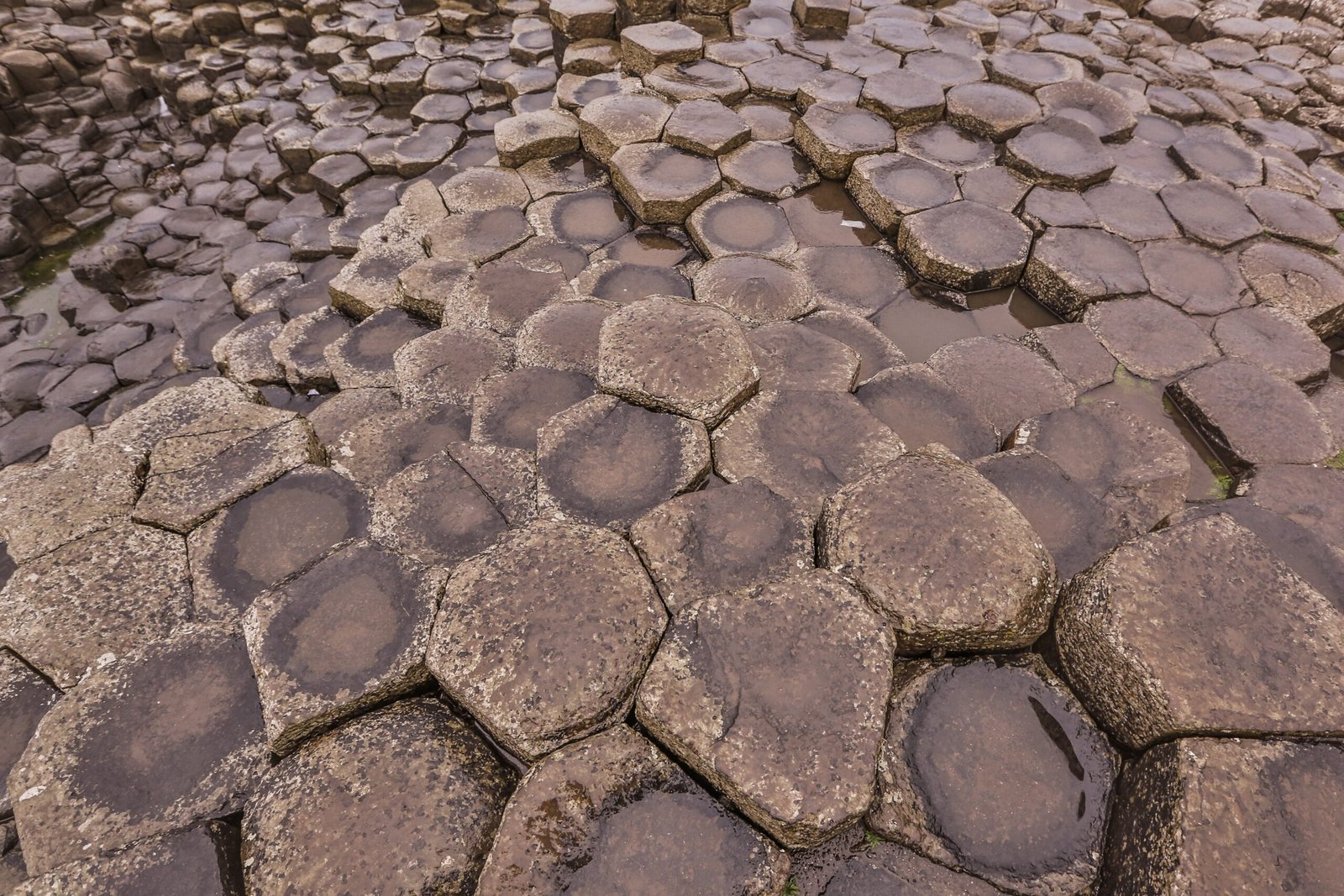
The Giant’s Causeway is not only a national treasure but also a site of global geological significance. In 1986, it was designated a UNESCO World Heritage Site, recognizing its value to humanity. The causeway serves as a natural laboratory for studying volcanic processes and the history of our planet. Its preservation is crucial for scientific research and education, providing insights into Earth’s dynamic history. The causeway’s global recognition underscores the importance of protecting such sites for their scientific, cultural, and aesthetic value.
Visiting the Giant’s Causeway
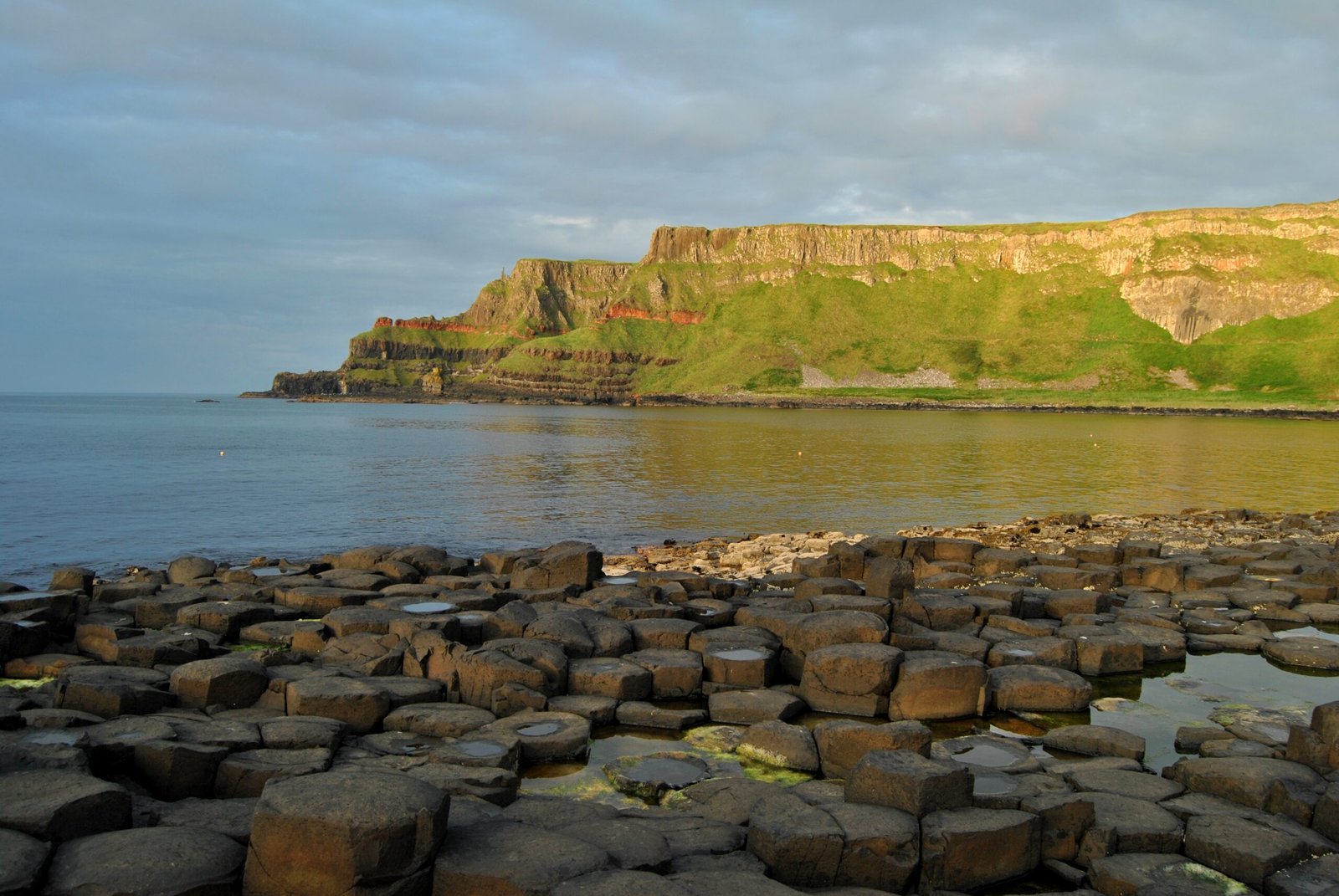
A visit to the Giant’s Causeway is an unforgettable experience. The site offers breathtaking views, with the Atlantic Ocean stretching out to the horizon and the rugged coastline providing a dramatic backdrop. Visitors can explore the columns, learn about their formation at the visitor center, and immerse themselves in the legends that surround the causeway. Whether you’re a science enthusiast, a nature lover, or simply curious, the Giant’s Causeway promises to captivate your imagination and leave you with a sense of wonder.
The Lasting Impact of the Giant’s Causeway
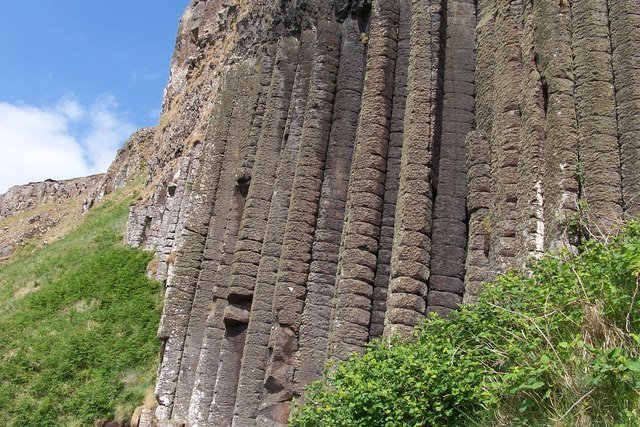
The Giant’s Causeway is a testament to the power and beauty of nature. It challenges us to look beyond the surface and appreciate the intricate processes that shape our world. As we stand among the columns, we are reminded of the delicate balance between myth and science, past and present. The causeway invites us to reflect on our place in the natural world and the responsibility we bear to protect it. In a world where myths and science often collide, the Giant’s Causeway stands as a bridge between the two, inviting us to explore, learn, and preserve.


